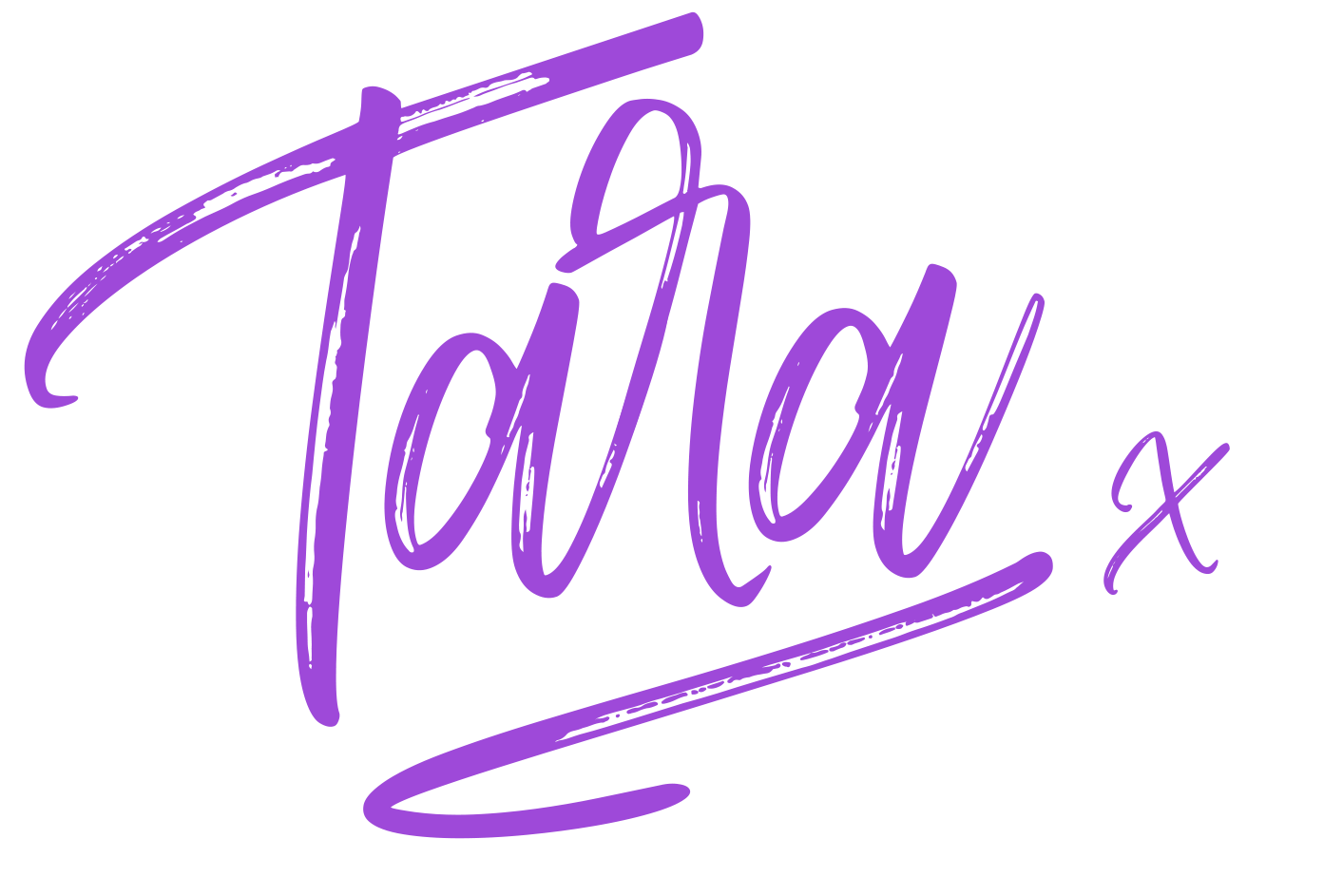Welcome
Blog
All my latest Case Studies and News
Psychology Insights | Comedy


Psychology Insights | Comedy
Introduction
Picture this: you’re surrounded by friends, and someone cracks a joke that sends everyone into fits of laughter. Laughter is a universal language, a powerful tool that brings people together and brightens our days. But have you ever wondered why we find things funny? In this article, we’ll explore the fascinating world of humour, its origins, and what science has to say about it. Let’s dive in!
What is Humor? Humour is like a secret language that elicits laughter and amusement. It’s a form of communication that connects us and brings joy to our lives. We can think of it as the art of tickling our brains and hearts with clever twists and unexpected surprises.
Humour is actually a very complex subject, so the following is just a brief overview.
Theories of Humor
Researchers have proposed various theories to explain the mechanics of humour. One such theory is the Incongruity Theory, popularized by philosopher Immanuel Kant. According to this theory, humour arises from the unexpected and incongruous elements that surprise us, like a punchline that defies our expectations (Kant, 1790).
Another perspective is the Superiority Theory, suggesting that humour often involves a feeling of superiority. This theory, championed by philosopher Thomas Hobbes, proposes that we find amusement in the flaws and foolishness of others, providing us with a momentary boost to our self-esteem (Hobbes, 1651).
But perhaps it’s the Relief Theory that resonates with us the most. As stress and tension build up, humour acts as a pressure valve, releasing pent-up emotions and providing us with a much-needed escape (Freud, 1905). Laughing at a funny video or sharing a humorous anecdote can lift our spirits and provide a brief respite from life’s challenges.
The Evolutionary Perspective
So, where did humour come from? As we evolved as a species, so did our capacity for laughter. Humour likely served as a social bonding mechanism, helping our ancestors build connections and strengthen group cohesion. Think of it as an evolutionary tool that allowed our ancestors to lighten the mood and create bonds through shared laughter.
Interestingly, we’re not the only ones who find humour amusing. While our furry friends might not appreciate a good stand-up routine, certain animals display playful behaviours that resemble laughter. Primates like chimpanzees and bonobos exhibit laughter-like vocalizations during play (Panksepp & Burgdorf, 2003).
The Neurobiology of Humor
Ever wondered why laughter feels so good? Well, it turns out that our brain is in on the joke too! When we experience something funny, several brain regions light up, including the prefrontal cortex, amygdala, and ventral striatum (Mobbs et al., 2003). These areas play a role in processing emotions, reward, and pleasure, amplifying our positive response to humour.
Moreover, neurotransmitters like dopamine and endorphins get in on the action. Dopamine, often associated with pleasure and reward, floods our brain when we encounter something funny, making us feel good (Sander et al., 2003). Endorphins, our brain’s natural painkillers, are also released, further enhancing the positive feelings associated with humour.
In Conclusion
Humour is a remarkable aspect of our human experience, connecting us through laughter and shared joy. Its origins can be traced back to our evolutionary past, where it likely played a role in social bonding. As we laugh, our
brains light up, neurotransmitters kick in, and a sense of connection washes over us. It’s a reminder of our shared humanity and the power of laughter to uplift and heal.
But it’s important to remember that humor is a complex and subjective phenomenon. What one person finds funny, another may not. Each of us has our unique sense of humor shaped by our experiences, culture, and personality. So, embrace your own brand of humor and appreciate the diversity of comedic styles that make the world a more joyful place.
While humor can bring us immense happiness, it’s crucial to acknowledge that it doesn’t exempt anyone from experiencing mental health challenges. Even the funniest among us can face internal struggles. Comedians like Spike Milligan, Tony Hancock, Robin Williams, and Richard Pryor have openly shared their battles with depression, reminding us that humor can be both a coping mechanism and a mask for pain.
By shedding light on the mental health issues that some humorists have faced, we dispel the misconception that being funny shields individuals from vulnerability. It’s a reminder that mental health knows no boundaries and affects people from all walks of life.
So, let’s approach humor with empathy and understanding. Let’s laugh wholeheartedly, but also remember to extend compassion to those behind the laughter. By nurturing good mental health, seeking support when needed, and fostering a culture of empathy, we can create a world where both laughter and well-being thrive.
In the end, humor remains a delightful mystery—a dance between our brains, emotions, and social connections. So, embrace the power of laughter, share a joke, and appreciate the wonders of this universal language that brings us together in joyous harmony.
References:
- Freud, S. (1905). Jokes and Their Relation to the Unconscious. Routledge.
- Hobbes, T. (1651). Leviathan.
- Kant, I. (1790). Critique of Judgment.
- Mobbs, D., Greicius, M. D., Abdel-Azim, E., Menon, V., & Reiss, A. L. (2003). Humor modulates the mesolimbic reward centers. Neuron, 40(5), 1041-1048.
- Panksepp, J., & Burgdorf, J. (2003). “Laughing” rats and the evolutionary antecedents of human joy? Physiology & Behavior, 79(3), 533-547.
- Sander, K., Scheich, H., & Bär, K. J. (2003). Effects of humor and laughter on cardiovascular functioning and self-reported stress: a comparison of funny and non-funny comedy videos. International Journal of Psychophysiology, 57(2), 215-224.

I put the physical details of the past life subject into into an AI image generator and this is the image it produced.
Share
Reading Time: 4 minutes
Popular Posts
Categories
Newsletter
Sign up to receive new content directly into your inbox.





Leave a Reply